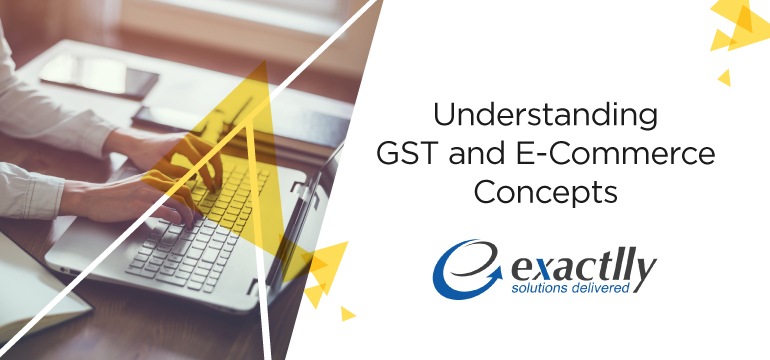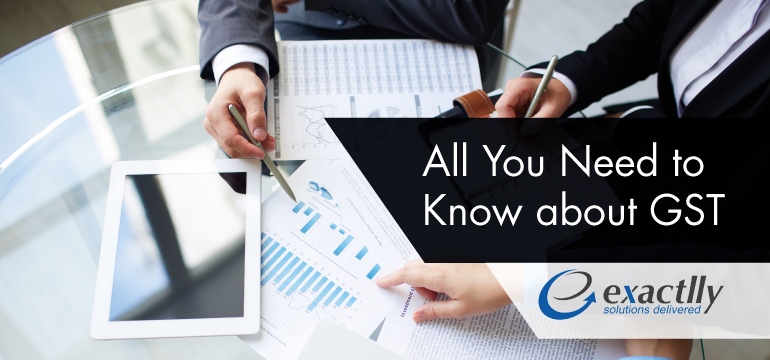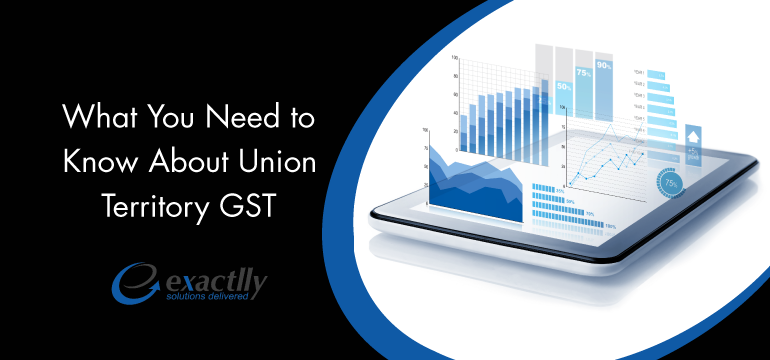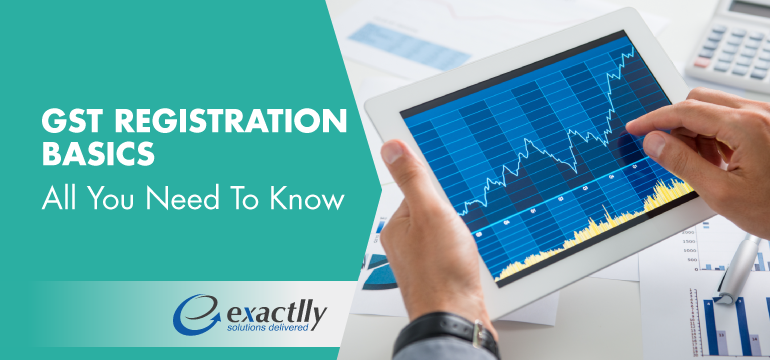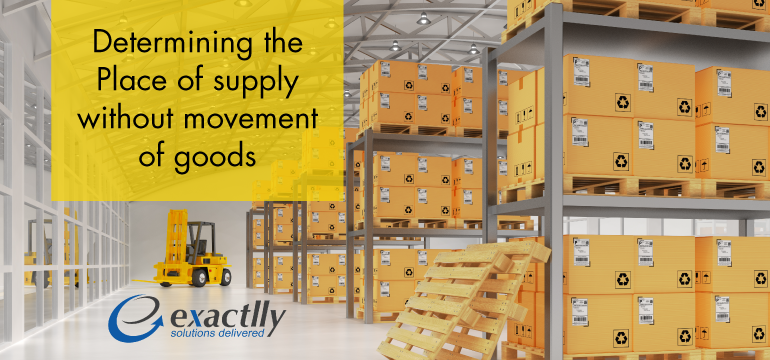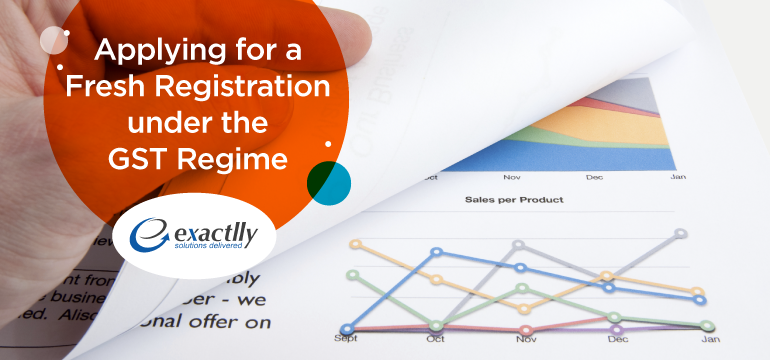CENVAT and VAT – Transitioning under the GST
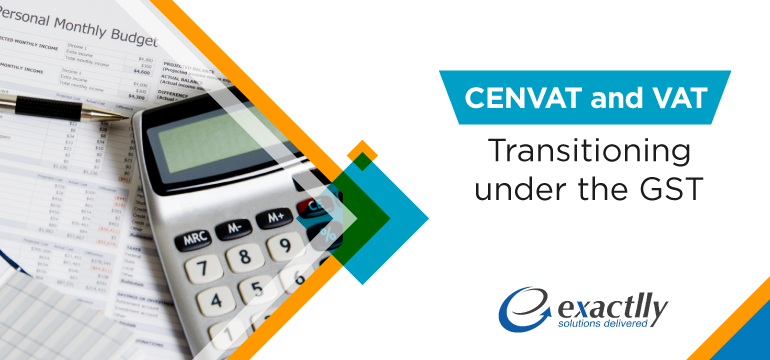
Transitioning under the GST is imperative for all businesses once the GST regime sets in. Every business must understand what category it falls under to ensure smooth transitioning from the erstwhile indirect tax regime into the GST regime. Review of accounting procedures, procurement and logistic decisions, and finally availing of Input Tax Credit (ITC) under the GST regime are all necessary steps to be undertaken by any business in India.
Currently, goods and services are regulated under:
- The Central Excise Act and Rules framed thereunder;
- State VAT / Central and Service Taxes are all applicable under the Service Tax Act.
Transitioning to the GST regime, therefore, requires a business to take note of the following laws – Central Excise, VAT, Service Tax. Important questions to be considered upon the cusp of the GST transitioning setting in include questions about the ITC and how that can be availed of.
Let’s look at illustrations to understand these concepts better –
-
Treatment of CENVAT and VAT credit –
A manufacturer must take into account the closing balance of the CENVAT credit on the return last filed by him. This credit can be carried forward on the CENVAT balance, as available on the last day before the implementation of GST. This credit can then be allowed as ITC under the GST. Monthly returns must be filed in Form ER-1 and quarterly returns in Form ER-3, by a manufacturer whose aggregate turnover does not exceed INR 4 crores in the case of a small scale industry. The CENVAT amount showing on these returns as on the last day before the GST implementation will be allowed to be carried forward as ITC under the GST regime upon transitioning.
F&M Clothing is a garment manufacturer located in Maharashtra and has filed returns in terms of Excise and VAT. It has filed Form ER-1 as of March 31, 2017, and the return states that it has a closing balance of INR 50,000. This entire amount of INR 50,000 can be carried forward as credit as it is reflecting in the returns so filed and can thus be availed of as ITC under the GST. This CENVAT credit thus becomes CGST credit and can be used to set off liabilities of the CGST, SGST and IGST.
-
Treatment of Excise Dealers –
Every dealer must be registered under the Central excise in case he is trading in goods that come under the ambit of the Excise Act and Rules. All duty paid as excise duty is not available as credit under the erstwhile indirect tax regime. Dealers may be the first stage, second stage or registered importers. For a first or second stage dealer, the duty is added to the total cost of the good. When the good is sold to a manufacturer in the midst of the supply chain, it can be claimed as CENVAT credit by the manufacturer.
All the credit on the closing stock held by a dealer on the date of transitioning to the GST regime, this duty can be carried on as CGST ITC to be used to set off against liability.
-
Treatment of VAT –
Quarterly and monthly returns are required to be filed by a business under the VAT regime as per the state the business falls under, as threshold limits are different for different states. Any input credit on the VAT can be carried forward as SGST ITC.
For example, F&M Clothing is a clothing manufacturing company based in Maharashtra and registered under the Maharashtra VAT. As of March 31, 2017, under the VAT forms filed, it has a credit of INR 40,000. This amount can be carried forward as firstly, the same has been filed in the return and thus is reflecting and secondly, this credit is permitted as ITC under the GST. This credit however will be carried forward on a state basis or SGST and it can be used to set off liabilities against SGST, CGST and IGST.
-
Service Tax –
As a service provider, one is required to file returns biannually by way of Form ST-3. Any credit showing in the closing balance of such form filed can be carried forward as CGST ITC. Service tax, Swacch Bharat cess, Krishi Kalyan cess are all service taxes levied on taxable services. Out of these, Swacch Bharat cess does not have ITC available. Service tax can be set off against liability arising from service tax and excise duty and the Krishi Kalyan cess can be used to set off only against any Krishi Kalyan cess.
For example, for F&M Clothing registered as a clothing manufacturing unit in Maharashtra, having units located all over the state, ST-3 must be filed. On filing it is found that the closing balance is INR 20,000 (CENVAT or Service tax Input Credit). This amount of INR 20,000 can be carried forward by F&M Clothing as the amount is reflected in the return and thus recorded, and under the GST this amount is allowed as CGST ITC.
-
CENVAT credit and Input VAT not availed on capital goods –
The Central Excise Act states that CENVAT credit must be availed on goods to the extent of 50% in one financial year and the remaining balance in the next year. On the purchase of capital assets VAT is not available as input VAT however it can be availed depending on the kind of capital assets so purchased. Further, the instalments can be spread over several instalments and the credit can be received even after production using the capital assets has begun.
F&M Clothing purchased capital assets on February 6, 2017, worth INR 50,00 and paid excise duty at 12.5% and VAT at 14.5%. Therefore, under the erstwhile indirect tax regime, F&M Clothing can avail of CENVAT up to 50% of the total purchase in the current financial year and the remaining balance can be availed of in the subsequent year. Additionally, considering commercial production was commenced, it will be eligible for availing of VAT credit. F&M Clothing will be eligible to carry forward any CENVAT credit on these capital assets and the same is admissible under the GST regime.
Wants to know more about Exactlly Software? Feel free to Contact Us and get a Free Demo.

